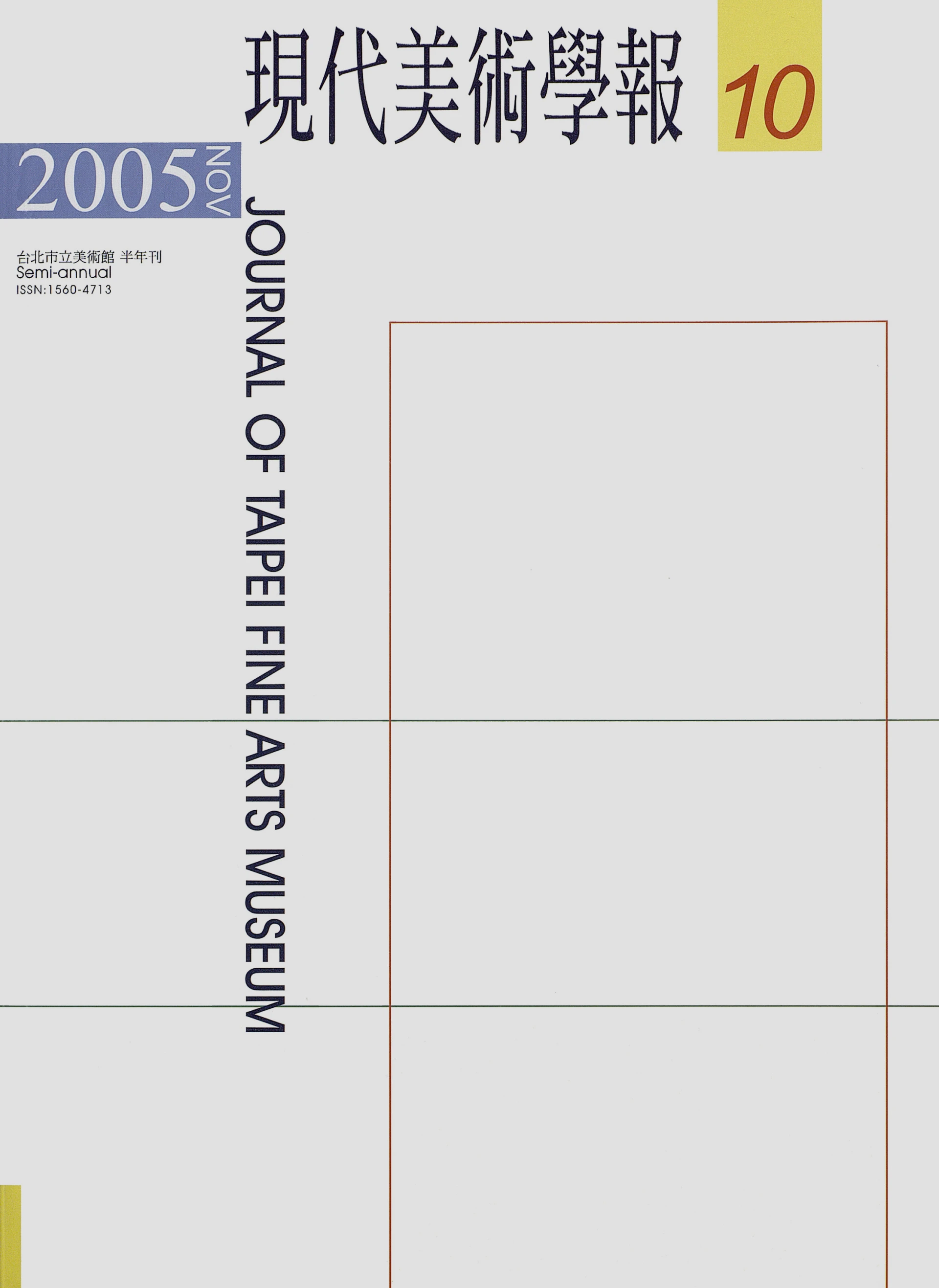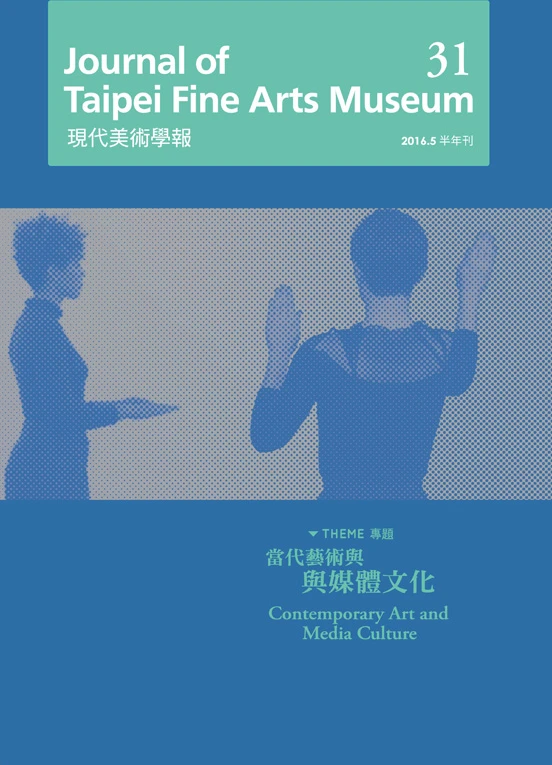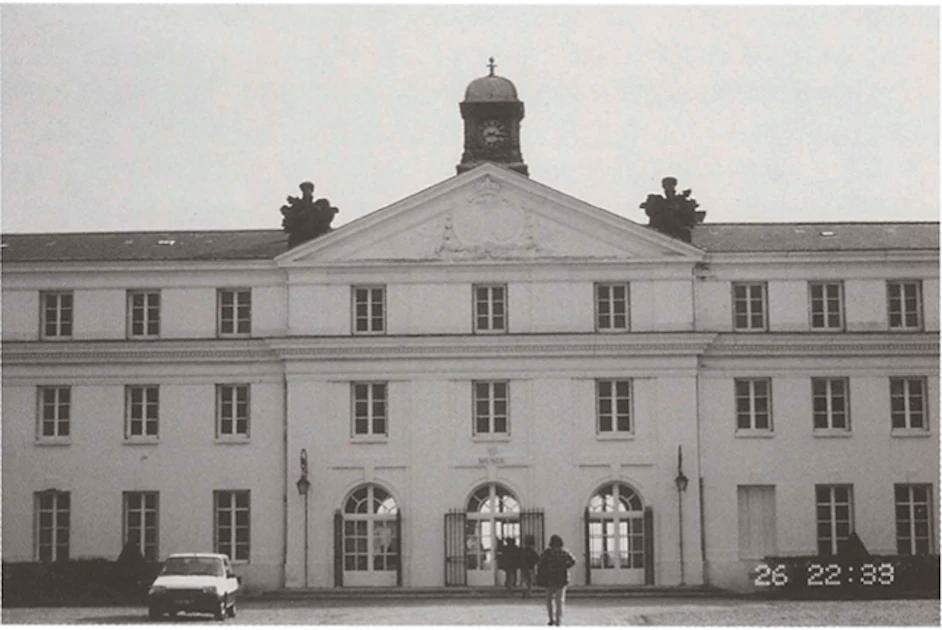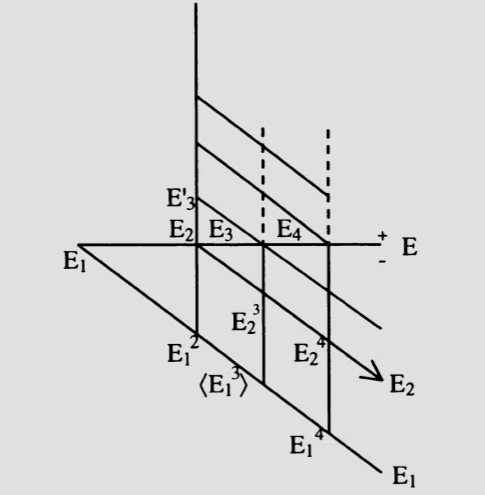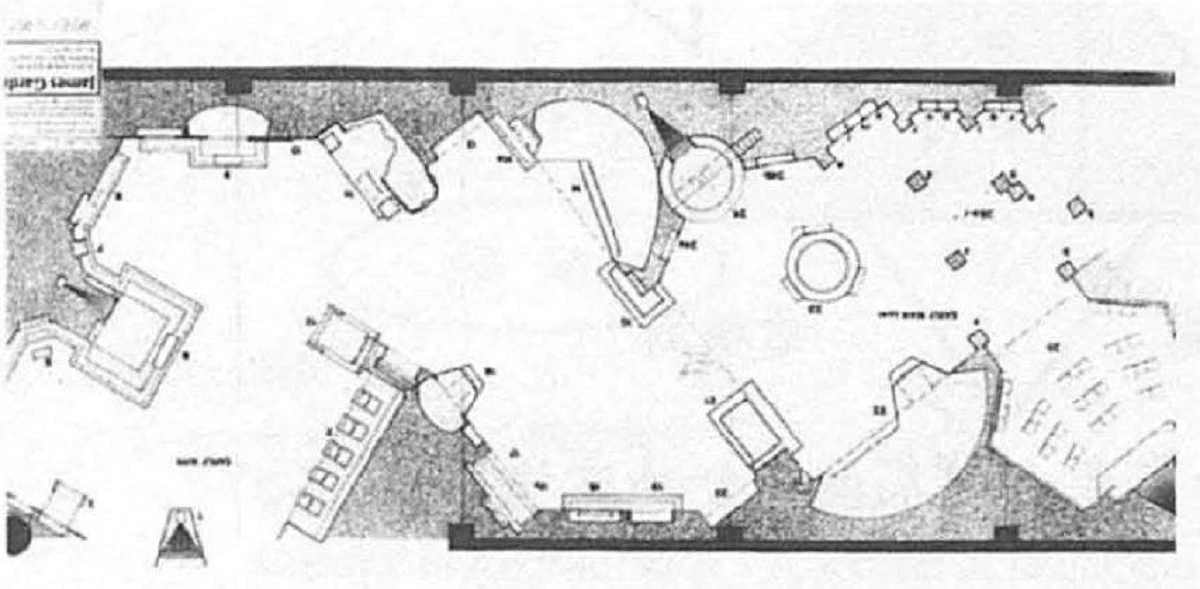摘要
本世紀論及中國繪畫的課題,多數是依著「傳統/革新」的論述基調來進行。本論文首先追溯此一命題的歷史脈絡,將質疑民初知識分子所提「中國畫衰敗極矣」的說法。作者認為,這種觀點出自清末變法派人士的政治需求。若由「改良」、「調合」中國畫等主張來看,革新論述得以積極地向西方學習,仍有賴權力機制的運作配合;弔詭的是,這個運作過程卻非僅止於學習西方,一個全新的「東方」亦相運而生。是以無論學習西方、或形塑「東方」,皆可視為不同問題情境下的文化想像產物。對此,本論文將藉助族群人類學的研究成果,考察此一觀點如何在藝術論述中形成。
受到戰前中國繪畫革新思潮的影響,戰後台灣的美術批評也據此形塑出特有的東方論述。本文首先嘗試以國族認同的角度,並參酌官方政策,揭示東方論述與國族主義之間的關係。其次,將探討全省美展、美術學院等藝術機制,如何生產出學院的審美標準;繼而指出學院審美觀如何影響東方論述的興起,並描述東方論述以身份認同形構自身的過程。最後,本文將分析東方論述的策略與形態,並探究此一論述空間化的過程。
Abstract
As far as Chinese paintings are concerned, "tradition versus innovation" has always been the basic tone of discussion since the beginning of this century. First of all, this paper will traces back this proposition to its original historic context, and quest the argument brought forth by early republic intellectuals that "Chinese paintings have deteriorated to its most." In my opinion, this remark was made as a result of political needs of the reformists in late Ching dynasty. In spite of the reformists' enthusiasm to follow the Occidental model, advocacy to "ameliorate" or "modulate" Chinese paintings had to rely on the cooperation of power mechanisms. Paradoxically, this process includes not only imitations of the Occidental, but also imaginations of the "Oriental." And either can be viewed as products of cultural imaginations. By standing on the shoulders of the study of ethnicity, this thesis will scrutinize how this perspective was format under such discourses.
Influenced by prewar Chinese painting reformist thoughts, postwar Taiwanese art criticism has developed a particular kind of Orientalism. Firstly, this paper will examine the government's policy and take a national identity approach to reveal the relationships between Orientalism and nationalism. Secondly, I will focus on art institutions such as provincial art exhibition and art colleges, and discuss about the process from which academic aesthetic standards derive. After that, this research will point out how these standards have effected the rise of Orientalism, and describe the process in which Orientalism as a means of identification has constructed itself. At last, I will analyze discourse strategies and patterns manipulated by art societies, and how they use collective memories to create the space of Orientalism.

